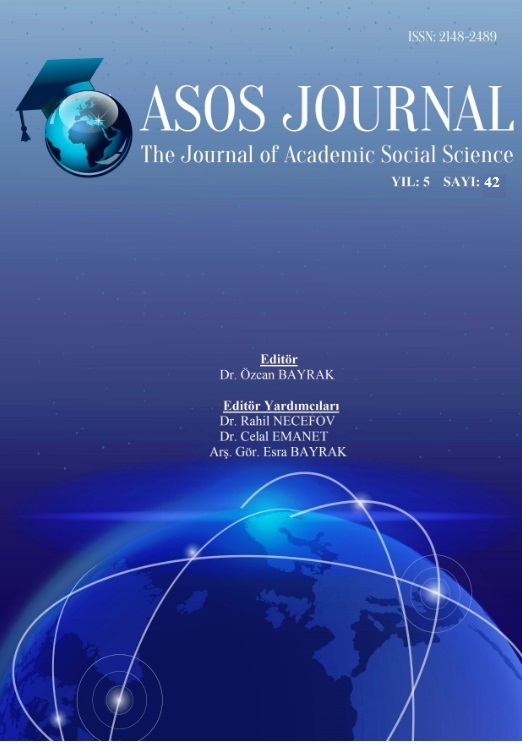FRİGYA’NIN DOĞUSUNDA, ANTİK GERMİA VE CİVARINDA YER ALAN TUNÇ VE DEMİR ÇAĞI YERLEŞİMLERİNDEN TOPLANAN ÇANAK ÇÖMLEĞİN GENEL BİR DEĞERLENDİRMESİ
Author :
Abstract
P. Niewöhner başkanlığındaki bir ekip tarafından gerçekleştirilen antik Germia (modern Gümüşkonak) ve çevresi yüzey araştırmaları kapsamında bölgede yer alan prehistorik yerleşim yerleri de incelenmiştir. Bu kapsamda M.Ö. 3. Binyıl ve 2. Binyıl çanak çömleği veren höyük yerleşmelerinin yanı sıra M.Ö. 1. Binyıla tarihlendirilen bir tepe üstü kale yerleşmesi saptanmıştır. Batı ve Orta Anadolu kültürleri arasında bir geçiş bölgesi konumunda olan bölge İlk Tunç Çağı’nda batıda Sivrihisar dağlarından doğuda Haymana platosuna kadar yayılım alanı bulan Polatlı çanak çömlek grubunun özelliklerini yansıtır. Erken İTÇ 3’de büyük oranda Frigya kültür bölgesine dahil olan bölge, M.Ö. 3. Binyıl sonlarında Orta Anadolu ile tüm M.Ö. 2. Binyıl boyunca da devam edecek olan kültürel bir bütünlük içine girer. Bu bağlamda M.Ö. 2. Binyıl da bölge çanak çömleği Hitit çanak çömleği özelliklerini yansıtır. Buradaki höyük yerleşmelerinin Geç Tunç Çağı’ndan sonra terk edildiği ve Erken Demir Çağı ile beraber kale yerleşmelerinde iskan olunduğu anlaşılmaktadır. Yerleşme modellerinde değişiklik olmakla beraber, çanak çömleğin gelişimi Geç Tunç Çağı’ndan Demir Çağı’na geçişte herhangi bir kesinti olmadığı izlenimini vermektedir
Keywords
Abstract
During the surface surveys carried out under the guidance of P. Niewöhner around ancient Germia (modern Gümüşkonak) situated in the eastern part of Eskişehir, prehistoric settlements were also examined. In this context, in addition to the mounds that yielded material from the 3rd and 2nd Millennium B.C. an Iron Age hilltop settlement has been discovered. During the 3rd Millennium BC, the pottery of the region reflects the characteristics of “Polatlı Group” which forms a buffer zone between western and central Anatolian cultures. It spreads from the Sivrihisar mountain range in the west, as far as the Haymana Plateau in the east in the EBA. Phrygian Cultural Region which established a cultural integrity at the end of the 3rd Millennium BC with Central Anatolia maintains this position also during the 2nd Millenimum BC. The pottery of the 2nd Millennium BC displays the characteristics of the Hittite pottery since the area became culturally integral part of the Hittite nucleus area. It is understood that the mounds were most probobly abandoned in the region at the end of the Late Bronze Age and the people was settled more in hilltop settlements from the Early Iron Age on. Despite the change in settlement patterns, the development of the pottery seems to suggest that there there was no break in the cultural development during the transition from the Late Bronze into the Early Iron Age.





